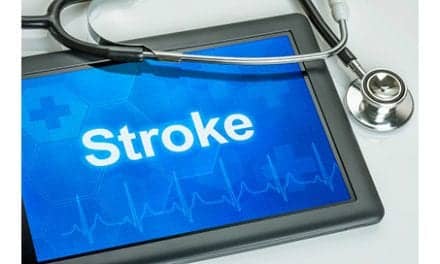A new study led by the University of California, Los Angeles (UCLA), shows that social class may play a role in how likely a person is to suffer a bone fracture if the individual is a middle-aged African American or Asian women. The study followed Asian, African-American, and white women for a period of 9 years during mid-life. The research team used data on 2,167 pre-menopausal women from the Study of Women’s Health Across the Nation (SWAN) bone study. At baseline, the female participants provided complete information on their education, income, osteoporosis risk factors, and fracture occurrences.
The researchers found that among the non-white women in the study, a higher education level was associated with a decreased fracture incidence. A news report from Science Daily notes that the association between higher education level and decreased fracture risk persisted even after accounting for income. In addition, the results of the study show that education was not associated with fracture risk among white women.
Specifically, the data reveals that those with at least some postgraduate education had an 87 percent lower non-traumatic fracture rate than those with no more than a high school education. Also, each additional year of education was linked with 16% lower odds of experiencing a non-traumatic fracture.
According to a Science Daily news report, the study does not establish a cause-effect relationship between low education and high fracture risk, but does add to the growing evidence of health disparities. However, the researchers write that the findings will help shed light on the importance of social class, particularly education levels, in the fracture risk of mid-life women from different racial and ethnic groups.
Carolyn Crandall, MD, explains, “The traditional paradigm of assessing fracture risk does not include consideration of socioeconomic factors, such as education and income. Examining the associations of socioeconomic status with fracture risk could help the targeting of individuals at risk of future fracture and inform the development of preventive strategies.”
Sources: Science Daily, UCLA





